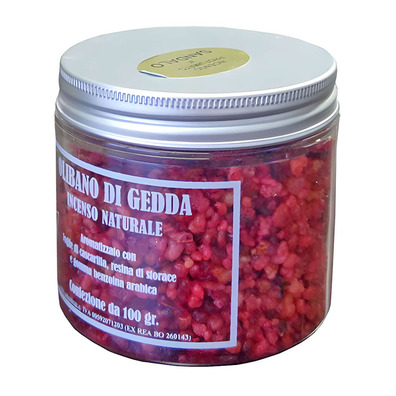Sandalwood incense - 100 gr.
12,50€
Taxes includedCatholic product in stock. Products ready to be shipped. You can check the approximate delivery time during the purchase process.
sandalwood incense
- Liturgical incense Olibano di Gedda.
- Sandalwood aroma incense.
- In grain.
- Presented in a 100 gr plastic container. with screw cap.
- For sale Olibano incense in a container of 100 gr.
Sandalwood incense, more information
Sandalwood incense is one of the most popular incenses both as liturgical incense and brother incense . Sandalwood incense is usually used both in celebrations in the Church and during the brotherhood processions of Holy Week.
Sandalwood incense is made by combining two resins. On the one hand, the original resin of incense, known as Olíbano incense or Olíbano incense. On the other hand, the resin of the sandalwood tree.
Sandalwood resin gives incense the aromatic properties that characterize it. The resin is extracted from the sandalwood tree. Tree from which sandalwood incense is named.
The sandalwood tree is a small tree with evergreen leaves and small flowers. Its wood is brown. The characteristic feature of the sandalwood tree is the aroma that its wood gives off. The sandalwood tree is native to the Indian subcontinent. It usually grows and is cultivated in dry areas, with sandy soils.
Sandalwood incense does not come from the resin of the sandalwood tree, but is in the wood of the plant. More specifically, sandalwood incense is made from the heartwood and roots of the sandalwood tree. The process of obtaining sandalwood incense requires the tree to be uprooted. According to some studies, it is estimated that a sandalwood tree could be uprooted after 15 years. Currently, Hindu law requires manufacturers to wait 30 years before uprooting sandalwood trees.
Once the sandalwood tree is uprooted, the heartwood and roots are crushed. An aromatic paste is generated from this process. The next step is to mix the sandalwood paste with water and other components to produce sandalwood incense.



